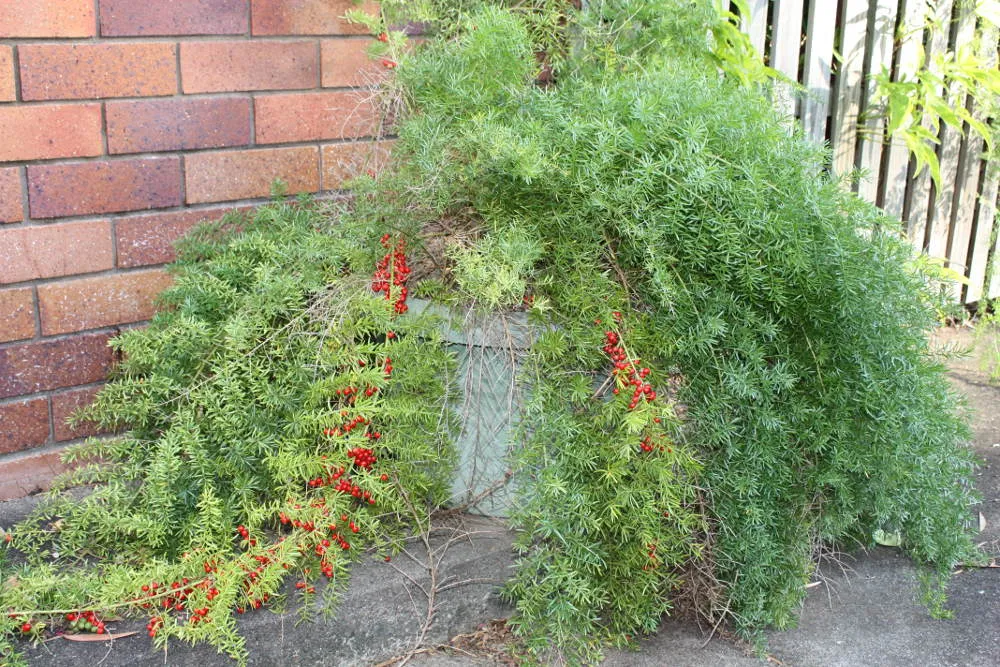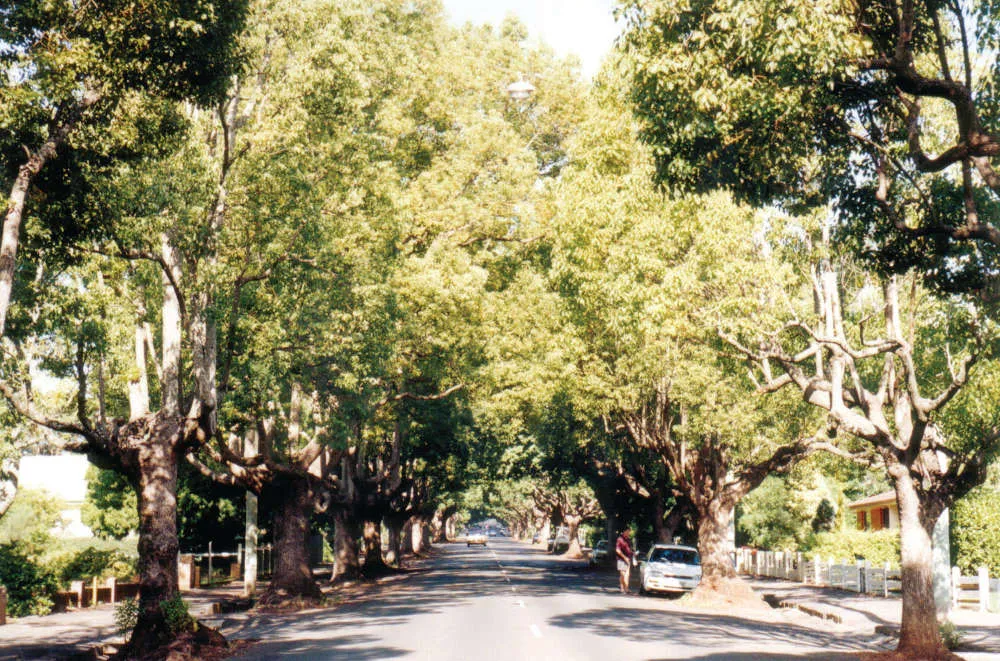WANTED: Are these nasty escapees in your backyard?
Invasive weed plants can smother natives and destroy habitat. These are some of the most elusive offenders in our region that might be hiding on your property.

All images supplied by Queensland Government.
Our native ecosystems have evolved over millions of years to achieve a delicate balance – a balance rapidly destroyed by invasive plants.
Many invasive plants were introduced to Australia as ornamental, medicinal and food plants, but wreak havoc when they escape from gardens and properties and into our natural environment.
Especially tricky to contain are plants spread by birds, wind, stem parts or moving water.
These are some sneaky offenders you may find on your property.
Singapore daisy (Sphagneticola trilobata)

Singapore daisy is a fast-spreading ground cover that out-competes native plants and invades gardens, parks, bushland and along roadsides.
It has lush, glossy green leaves 4-18cm long that grow in pairs along the stem and yellow flowers 2cm wide.
Coastal morning glory (Ipomoea cairica) and blue morning glory (Ipomoea indica)

These two species are now common weeds throughout South East Queensland and can climb over and smother native vegetation.
They are easily identified through their funnel-shaped flowers, pink lavender for coastal morning glory and deep blue-mauve for blue morning glory.

Ochna (Ochna serrulata)

As an escaped garden ornamental spread by birds, ochna can invade natural areas and form dense thickets that are difficult to remove.
It is a woody shrub up to 1.5m tall, with narrow glossy leaves with serrated edges.
Basket Asparagus fern (Asparagus aethiopicus cv. Sprengeri)

This salt tolerant ground cover is a big threat to our coastal ecosystems where it smothers native plants.
It has long prickly stems up to 2m long, light green leaves and creamy white flowers.
Its bright red fruits attract birds that spread it into natural areas.
Broad-leaved pepper tree (Schinus terebinthifolius)

This large spreading tree has invaded coastal dunes, wetlands and banks of waterways.
It is a spreading tree up to 10m tall with dark green leaves, small white flowers that grow at the end of branches and red berries that can be spread by birds.
Camphor laurel (Cinnamomum camphora)

Camphor laurel is a large evergreen tree up to 20m tall with glossy, waxy leaves, small white flowers, spherical berry-like fruits that are 1cm across that change from green to black when ripe.
It aggressively replaces native vegetation including koala food trees.
Not sure if it’s Camphor? Crush a leaf between your fingertips: if it smells strongly of menthol, it’s likely Camphor laurel.
For more about our region’s priority invasive plants and animals, including handy tips for managing these species on your property, visit Council’s website.